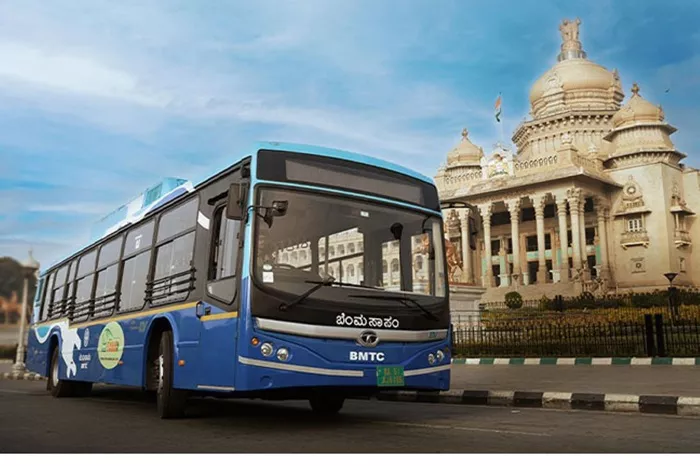Tata Motors is set to begin a pilot project for hydrogen-powered trucks in the March quarter, a senior company official has confirmed. The project, part of the National Green Hydrogen Mission, will see Tata Motors collaborate with Indian Oil Corporation Limited (IOCL) to operate these trucks on three specific routes for 18 months. The company recently showcased a hydrogen-powered truck with an internal combustion engine at the Bharat Mobility Global Expo 2025.
Girish Wagh, Executive Director of Tata Motors, stated that the company is actively developing both hydrogen internal combustion engine technology and hydrogen fuel cell electric vehicles. He confirmed that the hydrogen-powered trucks will start running in the current quarter on routes connecting Mumbai to Pune, Jamshedpur to Kalinganagar, and Mumbai to Ahmedabad.
Wagh explained that the pilot project aims to gather critical data to improve both the vehicles and the hydrogen refueling infrastructure. He highlighted that Tata Motors has already been operating 15 hydrogen fuel cell buses in partnership with IOCL for over 10 months, with significant advancements being made in hydrogen technology across various stages.
The company is also preparing for the commercial launch of hydrogen-powered vehicles within the next 12 to 24 months, Wagh added. He expressed hope for continued government support in this transition. Tata Motors’ commercial vehicle division is focusing on sustainability, safety, and the integration of digital technologies, including Artificial Intelligence, to deliver enhanced value to customers.
Wagh acknowledged that the commercial vehicle sector has experienced market fluctuations this fiscal year but remains optimistic about positive trends across all end-use segments. He expects a strong performance in the fourth quarter. Regarding the upcoming Union Budget, Wagh praised the government’s support for electrification and sustainability, citing initiatives like FAME (Faster Adoption and Manufacturing of Hybrid and Electric Vehicles) and PLIs (Production-Linked Incentives) as key drivers of this transition.

